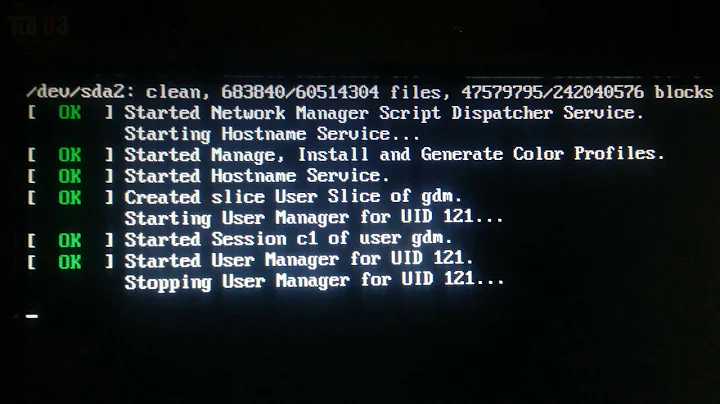Ubuntu displays "There is 1 zombie process" upon login
Solution 1
There's nothing to worry about :
Zombie
On Unix operating systems, a zombie process or defunct process is a process that has completed execution but still has an entry in the process table, allowing the process that started it to read its exit status. In the term's colorful metaphor, the child process has died but has not yet been reaped.
When a process ends, all of the memory and resources associated with it are deallocated so they can be used by other processes. However, the process's entry in the process table remains. The parent is sent a SIGCHLD signal indicating that a child has died; the handler for this signal will typically execute the wait system call, which reads the exit status and removes the zombie. The zombie's process ID and entry in the process table can then be reused. However, if a parent ignores the SIGCHLD, the zombie will be left in the process table. In some situations this may be desirable, for example if the parent creates another child process it ensures that it will not be allocated the same process ID.
Source : http://wiki.answers.com/Q/What_is_Zombie_Process_and_Orphan_Process
Solution 2
I was able to end the zombie process following this tutorial - https://vitux.com/how-to-kill-zombie-processes-in-ubuntu-18-04/.
Basically:
1) Identify the zombie process:
ps axo stat,ppid,pid,comm | grep -w defunct
2) Kill the parent process:
sudo kill -9 <parent_process_number>
Solution 3
As explained in the accepted answer, you have a process that has completed execution but is still in process table: https://serverfault.com/a/390216/48449
This shouldn't cause harm if it's only one process, but still shouldn't happen. If there are too many and you don't reboot or restart the causing parent process that produces those, you could reach your maximum number of allowed processes and cause serious issues.
To find out if worry is appropriate and which other process the zombie belongs to, this works for me:
ps -elf --forest | grep -C5 '<[d]efunct>'
Increase the number of context lines if necessary to find out about the parent process, ideally fix that process to make it "reap" its ended subprocesses.
Related videos on Youtube
Comments
-
 John Mee almost 2 years
John Mee almost 2 yearsThis message appears when I login to my machine:
There is 1 zombie process.- What is it telling me?
- Is this anything I should worry about?
- If yes, then what should I do, and how?
-
 John Mee about 12 yearsThanks Marc good description; now how would I find it, work out whether to keep it, and if not, thence remove it (and the message).
John Mee about 12 yearsThanks Marc good description; now how would I find it, work out whether to keep it, and if not, thence remove it (and the message). -
Chris B about 12 yearsUsaly they will go off by theirself, if this is really irritating you, you could reboot or find the parent process PID and kill it, but depends on what is leaving zombie behind, that could be problematic to kill that particular process.
-
Chris B about 12 yearsDont forget to accept my answer if this is the real answer to your question ;) thanks!
-
 Admin over 11 yearsSorry, you answered only the first part of his question. It's still unclear if one should worry about it and what to do about it.
Admin over 11 yearsSorry, you answered only the first part of his question. It's still unclear if one should worry about it and what to do about it. -
user8675309 over 3 yearsFor anyone else like me, the parent_process_number is the first of the two numbers displayed.
-
ddm-j about 3 yearsYou should not kill processes unless you know what they do. In some setups, "lots of zombies" is normal, and they will be cleaned up later -- for example, Jenkins controlling a docker container starts a
catprocess inside the container to keep it running, and then submits the actual jobs viadocker exec, but this makes thecatprocess responsible for reaping the zombies, which it doesn't do. After the build, thecatprocess exits and the zombies are reaped normally, until then, they use several kilobytes of memory.



![[SOLVED] Fix Login Loop in Ubuntu Linux](https://i.ytimg.com/vi/F57-gTlDwCc/hqdefault.jpg?sqp=-oaymwEcCOADEI4CSFXyq4qpAw4IARUAAIhCGAFwAcABBg==&rs=AOn4CLCuewc1NWkR9FdwNwRcEAvd9jvRLA)

